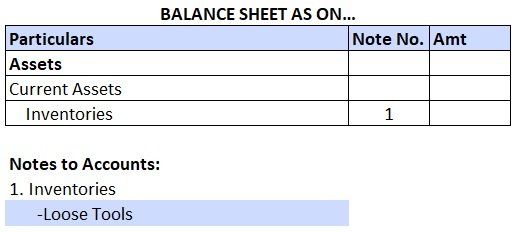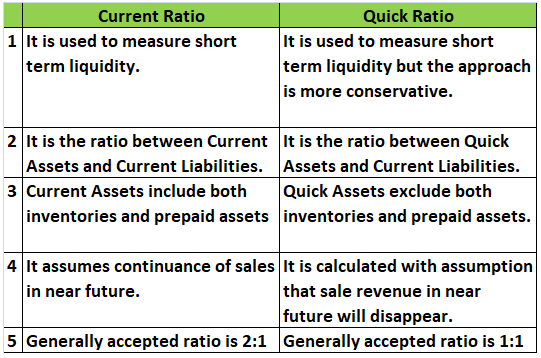Goodwill In Accounting Aspect, Goodwill refers to an Intangible asset that facilitates a company in making higher profits and is a result of a business’s consistent efforts over the past years which can be the business's prestige, reputation, good name, customer trust, quality service, etc. GoodwillRead more
Goodwill
In Accounting Aspect, Goodwill refers to an Intangible asset that facilitates a company in making higher profits and is a result of a business’s consistent efforts over the past years which can be the business’s prestige, reputation, good name, customer trust, quality service, etc.
Goodwill has no separate existence although the concept of goodwill comes when a company acquires another company with a willingness to pay a higher price over the fair market value of the company’s net asset in simple words the goodwill can be only realized while at the time of sale of a business.
The formula for Goodwill

Types of Goodwill
there are two types of goodwill.
1. Inherent Goodwill/Self-generated goodwill
Inherent goodwill is the internally generated goodwill that was created or generated by the business itself. it is generally generated from the good reputation of the business.
Inherent Goodwill or Self-generated goodwill is generally not shown in the books or never recognized in the books of Accounts and no journal entry for the inherent goodwill is passed.
2. Purchased Goodwill/Acquired Goodwill
At the time of acquisition of a business by another business, any amount paid over and above the net assets simply refers to the amount of Purchased Goodwill or Acquired goodwill.
A Journal entry is passed in the case of the Purchase of goodwill.

Type of Account
generally, Goodwill is considered and recorded as an Intangible asset(long-term asset) due to its physical absence like other long-term assets.
Modern rule of accounting:
as per the Modern rule of accounting, all Assets or all possessions of a business are comes under the head Asset accounts.
as Goodwill is treated as an Intangible asset it is an Asset Account.
Journal entry for purchase of goodwill as per Modern rule
Goodwill A/c Dr. – Amt
To Cash/Bank A/c – Amt
(The modern approach of accounting for the Asset account is: “Debit the increase in asset and Credit the decrease in the asset“)
The golden rule of accounting
As per the golden rule of accounting, all assets or possessions of a business other than those which are related to any person (debtor’s account) are considered Real accounts.
Such accounts don’t close by the year-end and are carried forward.
As Goodwill is an Intangible asset it is treated as a Real account as per the golden rule of accounting.
Journal entry for purchase of goodwill as per Golden rule
Goodwill A/c Dr. – Amt
To Cash/Bank A/c – Amt
(The golden rule of accounting for the Real account is: “Debit what comes in and Credit what Goes out“)
See less





Introduction Often cash is withdrawn by the owner or proprietor of a business for his or her personal use. Such withdrawal of cash is an outflow of capital from business and it is known as drawings. The accounting treatment of cash withdrawn for personal use is expressed in the accounting equation aRead more
Introduction
Often cash is withdrawn by the owner or proprietor of a business for his or her personal use. Such withdrawal of cash is an outflow of capital from business and it is known as drawings.
The accounting treatment of cash withdrawn for personal use is expressed in the accounting equation as shown in the example below:
It is shown as a negative figure under both assets and capital heading. I will be explaining why it is so.
Accounting Equation
The accounting equation represents the relationship between assets, liabilities, and capital of an entity whether profit oriented or not, according to which, the total assets of a business equals to the sum of its total capital and total liabilities.
Assets = Liabilities + Capital
This equation holds good in every monetary transaction or event like the event given in the question.
Cash withdrawn for personal use
We know every transaction affects two accounts. In this case, too, the ‘cash withdrawn for personal use’ affects two accounts. Cash withdrawn for personal use is known as drawings.
Let’s see the journal entry for drawings of cash from business:
Here the drawing account is debited because it is a contra-equity account i.e. it is a mirror image of the capital account or opposite of the capital account. Here the cash account is an asset account; hence it is credited as it is reduced.
As drawings represent the outflow of capital from the business, it is written off from the Capital account in the balance sheet.
Hence, in the accounting equation, the drawing amount is deducted from the Asset side and from the capital side, indicating a balance.
It does not appear in the statement of profit or loss despite having a debit balance because it is not an expense account.
See less